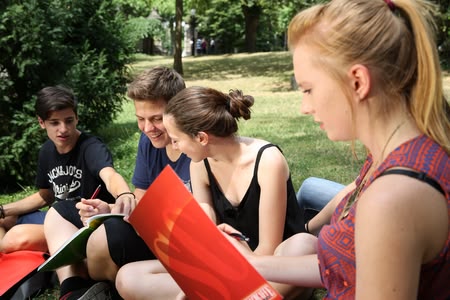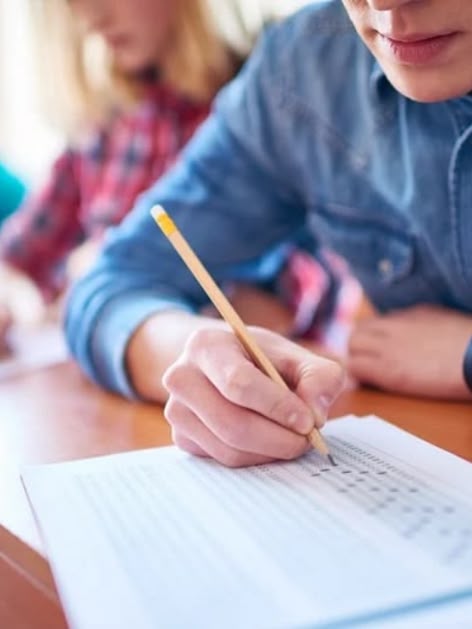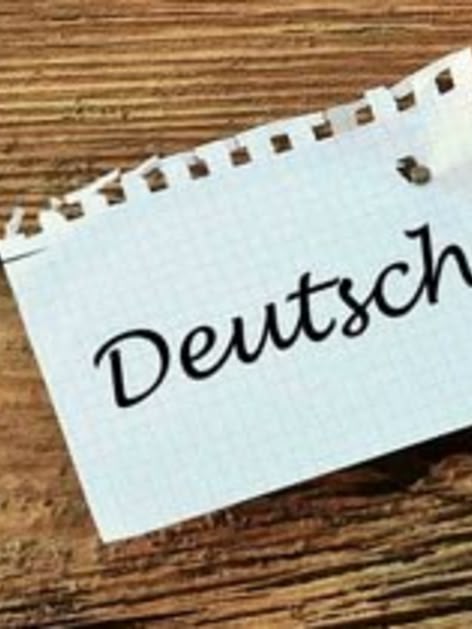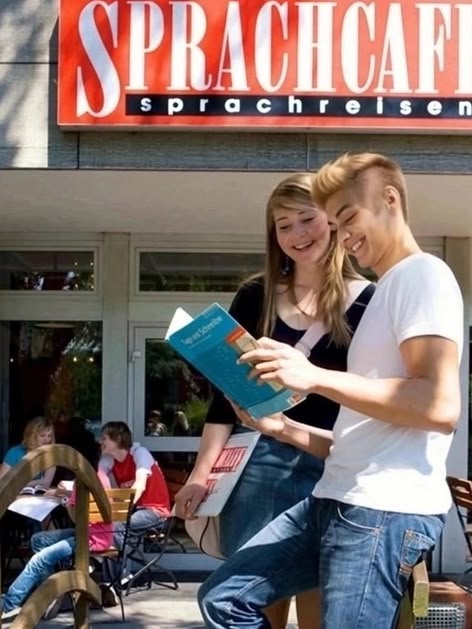Predicative Function of Adjectives
German adjectives that serve a predicative function are not declined , and therefore retain their base form without endings. They are not declined because they remain outside the noun phrase: they do not directly affect the noun, which is the declinable element of the sentence.
Instead, they are linked to the verb: adjectives with a predicative function are always found near the verb they refer to, and with which they create the predicate nominal.
Predicate nominal = verb + adjective
Der Film ist großartig = The film is fantastic
Predicative adjectives follow the two auxiliary verbs sein (to be) and werden (to become), but also the verbs scheinen (to seem) and bleiben (to stay, to remain).
Naturally, we cannot speak of adjectives following the verb haben : being transitive, it can only take an object complement and therefore an infinitive verb or a noun.
The adjectives that follow all the other verbs, however, perform an adverbial function and are therefore called adverbial adjectives .
Maria läuft schnell . = Maria runs fast / Maria runs quickly (adverbial adjective because it provides information about how the action occurs.)
As you can see from the examples seen so far, adjectives with a predicative function are always placed at the end of the sentence .
Attributive function: declension of the German adjective
Attributive adjectives provide additional information about the noun they refer to. For this reason, they are inextricably linked to it and agree with the noun in gender, number, and case .
Unlike predicatives, these adjectives are placed before the noun, and more precisely between the article and the noun they refer to.
Sammy has a strong heart. = Sammy has a strong heart .
Even if there are two adjectives referring to a noun, they both go before it.
Sammy has a starkes and gestures Herz. = Sammy has a strong and healthy heart .
While in Italian we can play a bit with the position of adjectives in some cases ( my house/my house, beautiful smile/beautiful smile…) , in German the position of the adjective cannot be changed at will.
Attributive adjectives, then, are declined differently depending on the situation. Specifically, the declension of adjectives in German includes three different cases:
- First declension : called the weak declension , it is used when the adjective is preceded by the definite article or by mancher, beide, solcher, aller, jeder, jener, dieser (indefinite and demonstrative adjectives). Two
endings are allowed: -e or -en . Da sind diese roten Autos. = There are these red cars .
- Second declension : called the mixed declension , it is applied when the adjective is preceded by the indefinite article or by kein , the direct negation of ein.
Here the ending is always -en , except for the nominative and accusative singular, where it instead refers to the endings of the definite article (der → -er , die → -e , das → es ).
Ich sah einige schöne Pferde herumlaufen. = I saw some beautiful horses around. - Third declension : called the strong declension , it is used when the adjective is not preceded by an article . It is the simplest to learn, because the declension follows the same endings as the definite article . The only exceptions are the masculine genitive and the neuter genitive , which instead have their own endings.
Junge Studenten haben an Ihre Tür geklopft. = Young students have knocked on your door.









